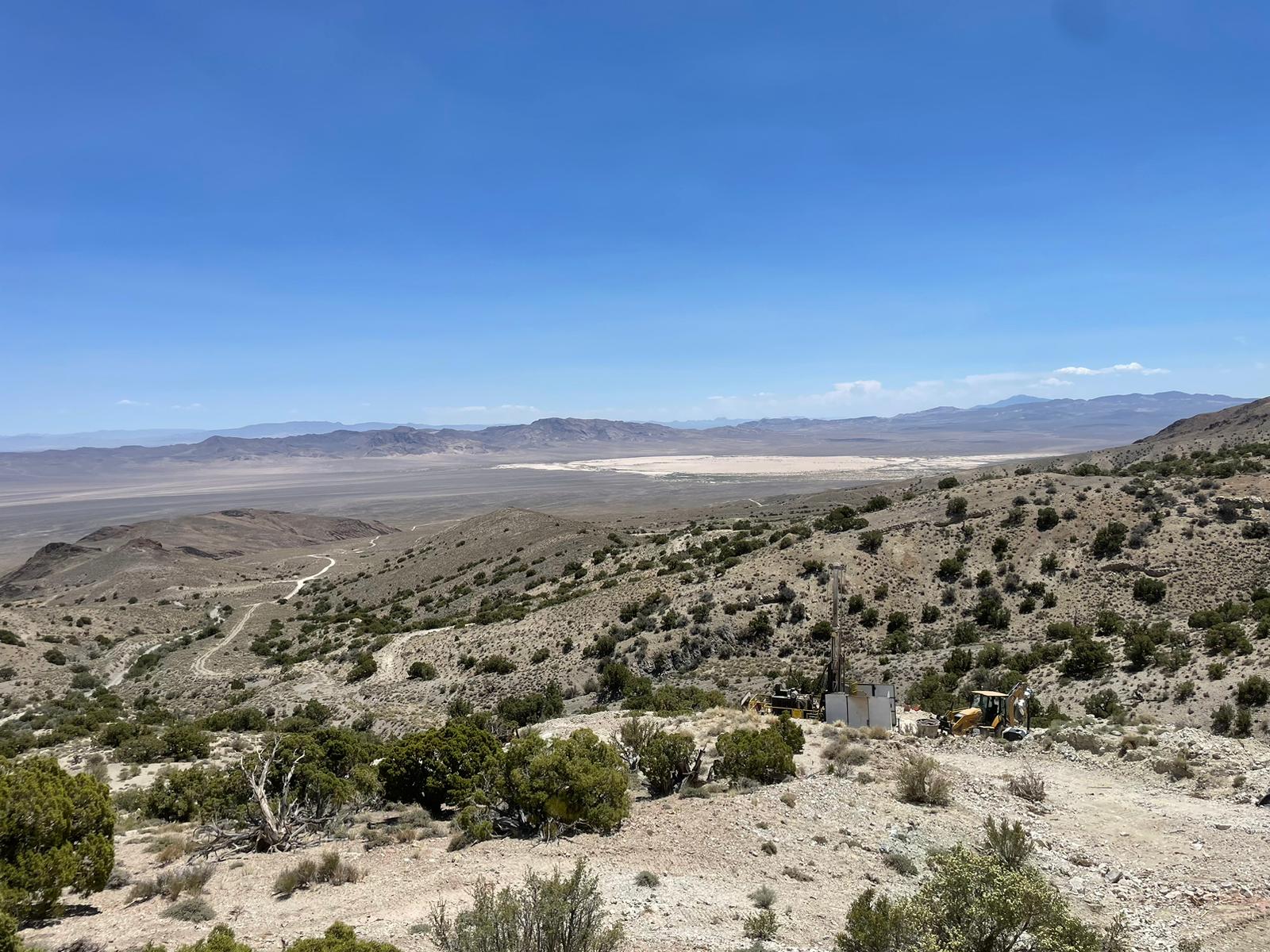Canadian Arctic irreversible melt not just bad news

A fifth of Canada’s Arctic glaciers are expected to disappear by the end of the century, contributing 3.5 cm (1.4 inches) to sea level rise, a study published in the Geophysical Research Letters journal shows.
Using computer models to predict how the glaciers would respond to future climate change, researchers found it highly likely the ice cap will melt at an alarming rate, “even if we assume that global warming is not happening quite so fast.”
According to the US National Oceanic and Atmospheric Administration (NOAA), summer melts on the Arctic ice sheet have been recently breaking records and once the glaciers are gone, they’re unlikely to come back, says the report.
The phenomenon is nothing new. In South America, for instance, glaciers have lost 30% to 50% of their surface area since the late 1970s, according to a January article published by LiveScience.com.
“Most attention goes out to Greenland and Antarctica, which is understandable, because they are the two largest ice bodies in the world,” said study researcher Michiel van den Broeke of Utretcht University. “However, with this research we want to show that the Canadian ice caps should be included in the calculations.”
Yet there are some who see some positive aspects among the grim news, as the melting ice cap in the Arctic sea could open up access to immense mineral reserves and attract “billions of dollars in investment,” said a study by London-based think-tank Lloyd’s/Chatham House.
According to the English analysts, the reduction in Arctic ice surface will make the region’s rich deposits of oil, gas and minerals more accessible.
RELATED: Arctic mining to bring a melting $100 billion in investments
It is believed that mining projects will offer better long-term potential for economic development than oil and gas, “with a larger permanent and local workforce and a project lifeline of several decades, from prospecting and production to closure and rehabilitation.”
However, at least in Canada, miners are finding it difficult to get an exploration permit. In fact, the country’s federal regulator, the National Energy Board, is currently conducting a major review of Arctic offshore drilling, which was expanded in the wake of BP’s 2010 Deepwater Horizon disaster and led to an interruption of new approvals.
Based on data from the US Geological Survey, the Arctic region may contain as much as 30% of the world’s undiscovered gas and 13% of the world’s undiscovered crude oil. But an adverse climate and dense sea ice have long placed it out of the mining and oil majors’ reach.
Image: Doin Oakenhelm/Shutterstock.com
{{ commodity.name }}
{{ post.title }}
{{ post.date }}

Comments